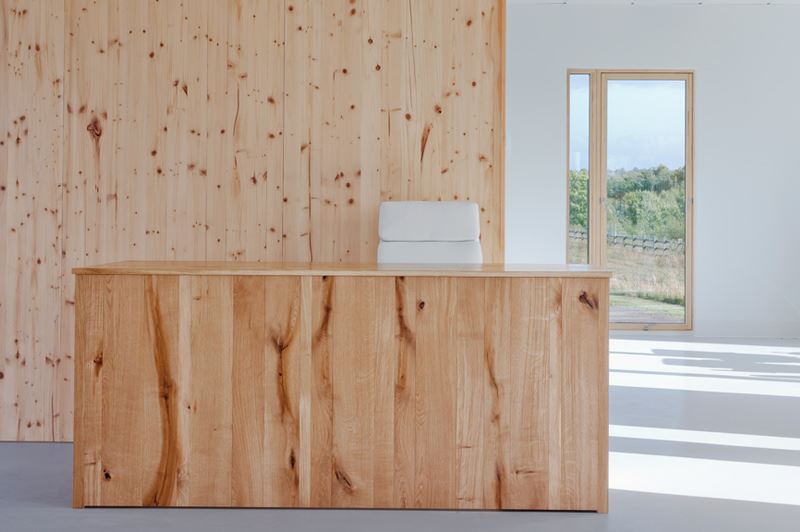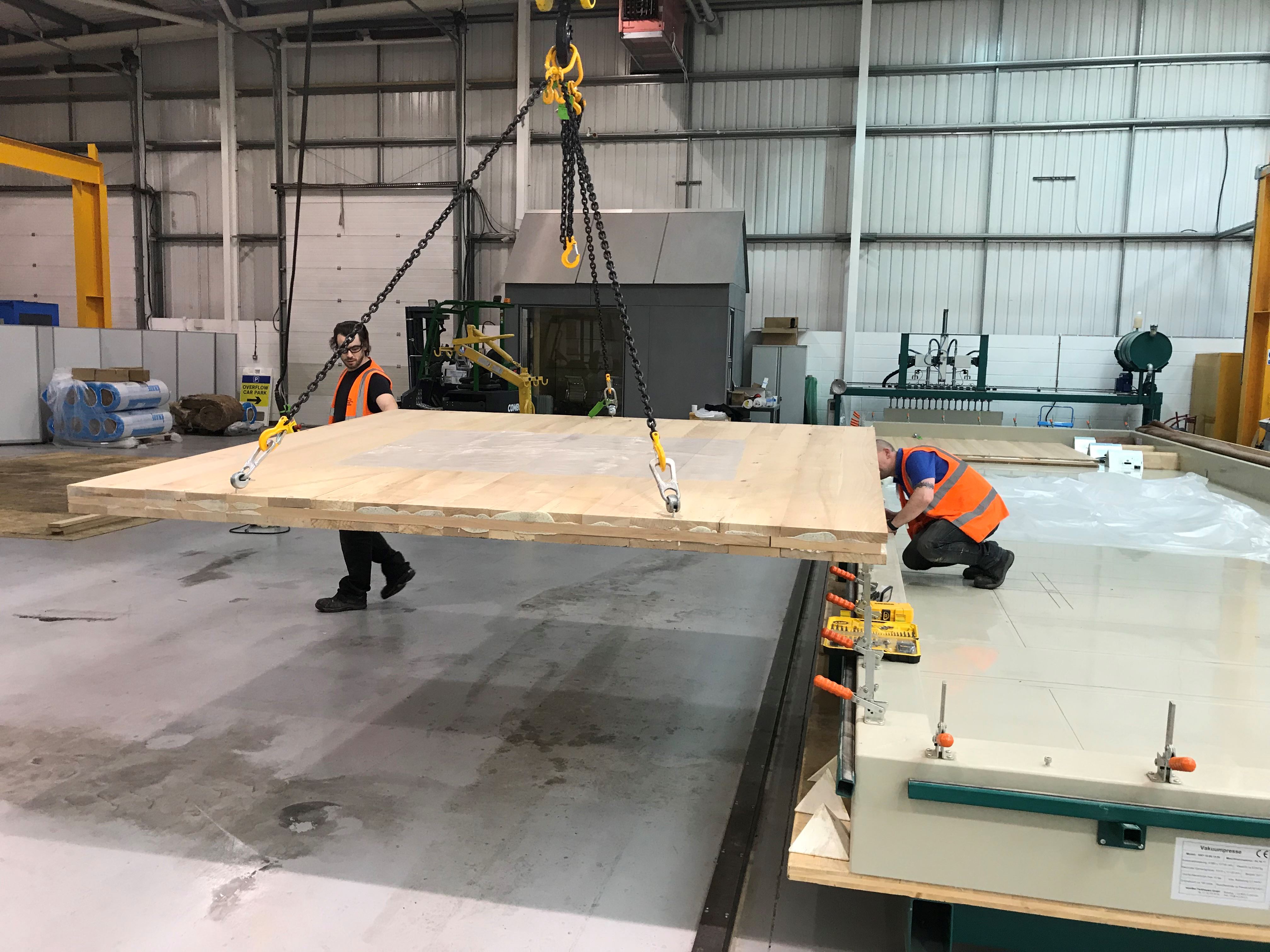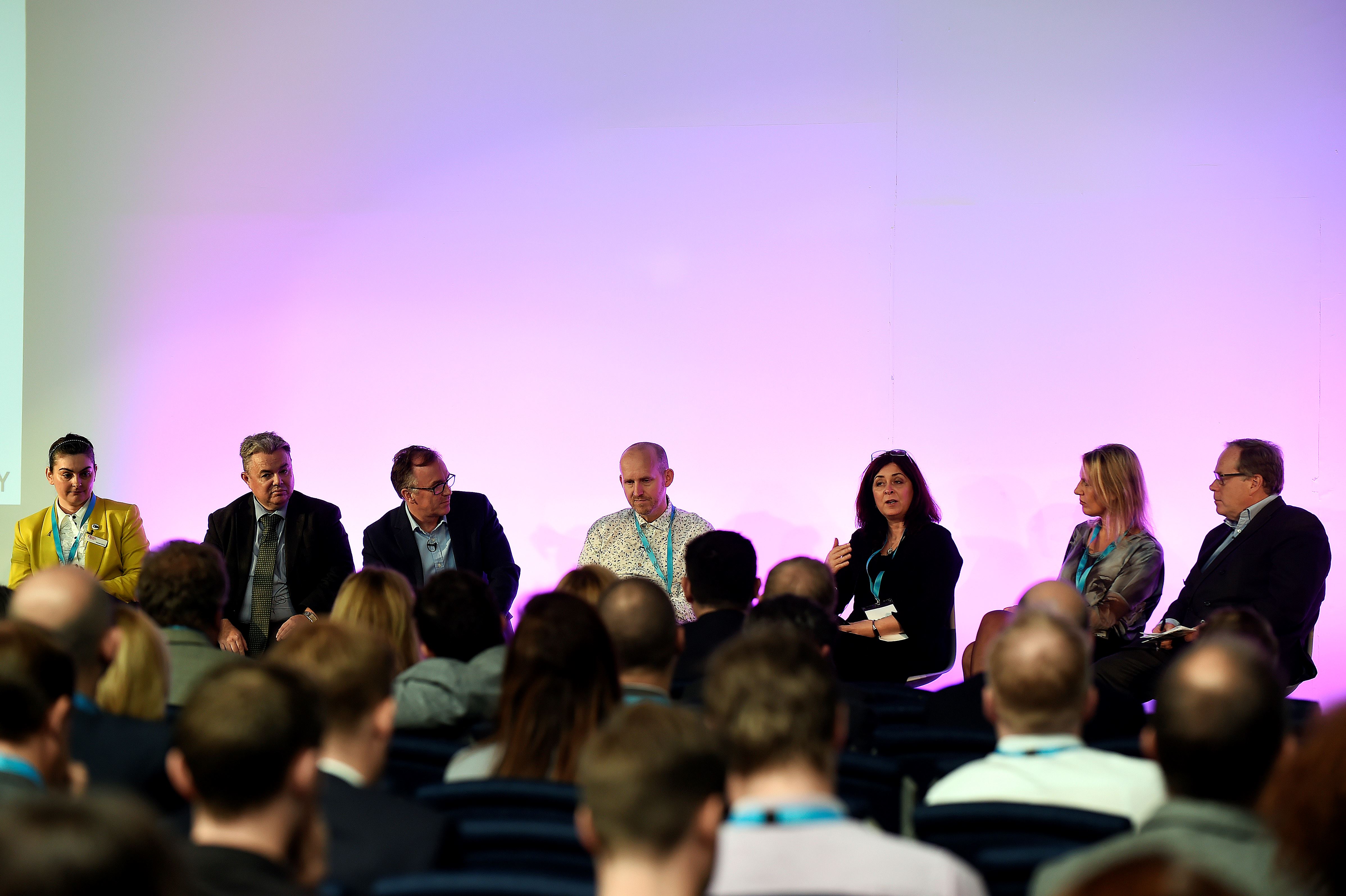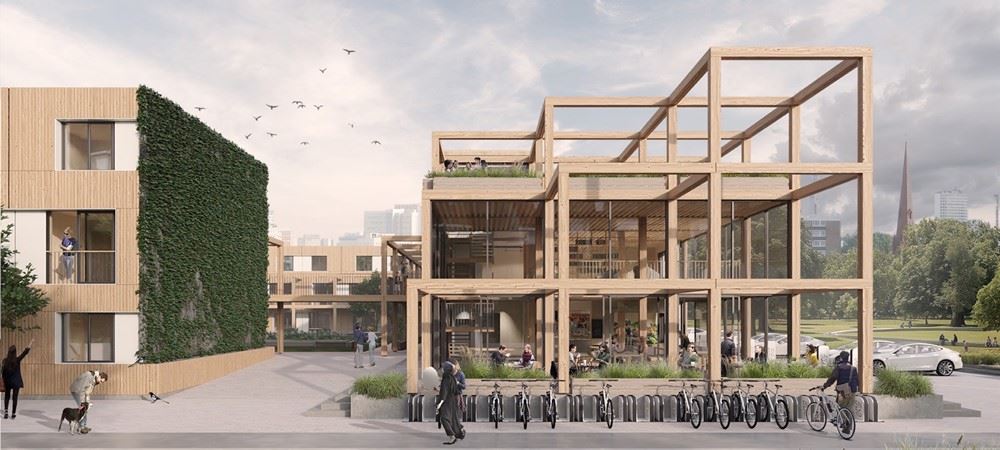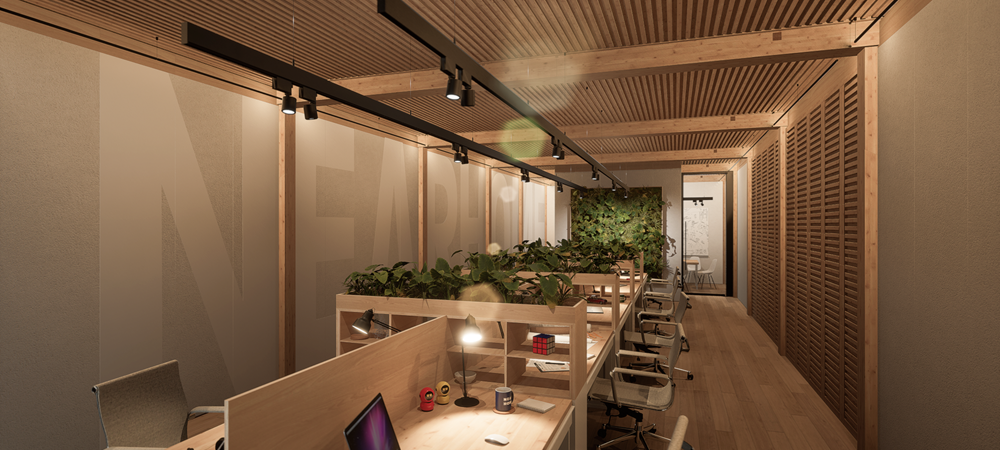Content
Importance of a solid retrofit strategy - Beattie in ALCHEMAI
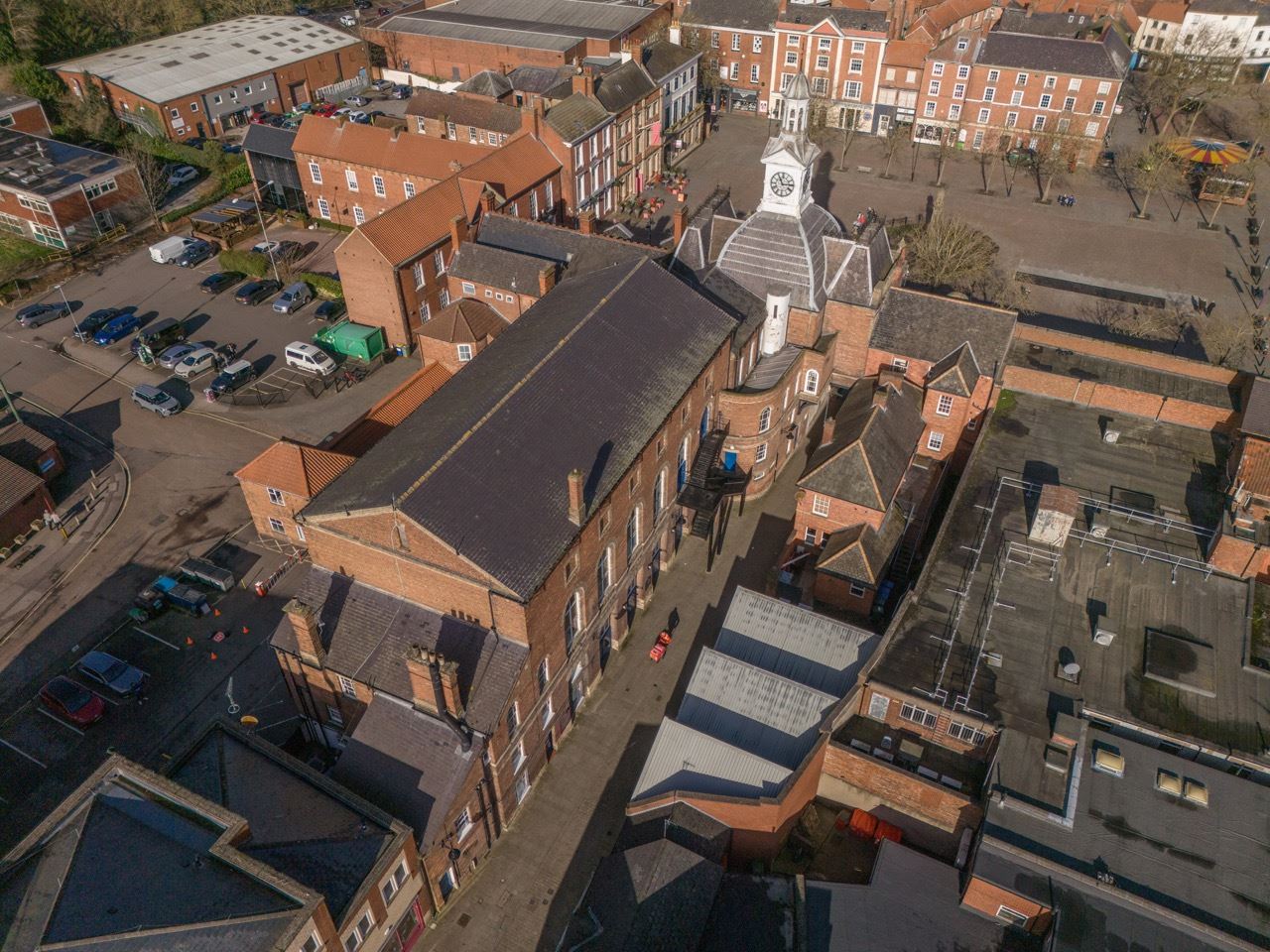
Beattie is a building performance expert with extensive experience in Passivhaus design. They specialise in creating retrofit strategies for challenging buildings, including historic and listed properties such as town halls and other public buildings.
Their role in the ALCHEMAI project focuses on delivering data-informed recommendations, evaluating cost-benefit outcomes, and validating baseline data to ensure their strategies are both accurate and actionable.
A reoccurring challenge in industry
Ron highlights a key challenge in the construction sector: “We reinvent the wheel every time,” he explains, “The construction industry is still making the same mistakes it made 30 years ago. It’s time to stop reinventing the wheel and start building on decades of knowledge.”
For effective retrofit, high quality work is critical: “Poorly executed retrofits can waste resources and even harm building occupants. We’ve seen projects that cost millions but achieved nothing.”
ALCHEMAI as the solution
The ALCHEMAI project represents a blueprint for scalable and effective retrofit strategies. Beattie would like to see lessons from previous projects captured through AI, building a continuously improving knowledge base. This approach would integrate advanced retrofit techniques into mainstream practice.
The importance of retrofit strategy in historical buildings
Ron says “Our expertise lies in balancing the challenges of historic buildings with the need for deep energy reductions. Every retrofit must be tailored to work with the unique constraints of the building.”
Each project begins with a thorough assessment of the building fabric, usage patterns, and structural limitations. From there, Beattie creates bespoke recommendations, ensuring that retrofit strategies maximise energy savings while preserving the building’s historic integrity.
This careful planning ensures that solutions, such as external wall insulation, secondary glazing, or heat recovery ventilation systems, are appropriate and effective. By focusing on the lifetime value of retrofits rather than just upfront costs, Beattie encourages asset owners to seek interventions that provide significant long-term savings. As Ron explains, “An intervention might cost more upfront, but if it saves 80% on energy over decades, it’s the best choice.”
Decades of experience allow Beattie to avoid common pitfalls, such as installing heat pumps in uninsulated buildings, which often lead to inefficiency and wasted resources. Poorly executed retrofits can also result in mould growth, fuel poverty, or underperforming systems – issues that Beattie’s expertise prevents.
Driving success through innovation
Beattie’s strategies are designed to help asset owners make more informed decisions. By integrating their recommendations into digital twin technology through the ALCHEMAI project, they enable asset owners to visualise retrofit scenarios in real time, simplifying complex decisions. Their focus on long-term value creation encourages councils and stakeholders to view retrofits through a lifecycle perspective.
ALCHEMAI
Beattie’s collaboration with ALCHEMAI partners ensures their expertise is embedded in every stage of the project. They are working closely with data monitoring and survey partners to give real meaning to the data collection. They are also feeding into the digital twin to give it vital information to its development and aligning their strategies with the real-world data for accuracy and relevance.
On the project, Beattie says, “All the partners here are very strong. They've enabled the whole project to come together and at the moment it is working really well.”
Wider context
Beattie’s work in the ALCHEMAI project highlights the importance of a well-executed retrofit strategy. By combining their decades of experience with the individual areas of expertise in ALCHEMAI project partners, they are a key part in helping the built environment retrofit non-domestic buildings to a higher standard at a much larger scale.
